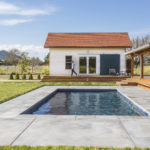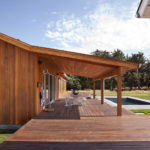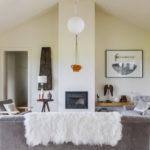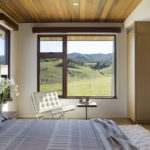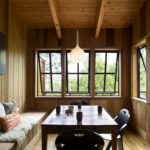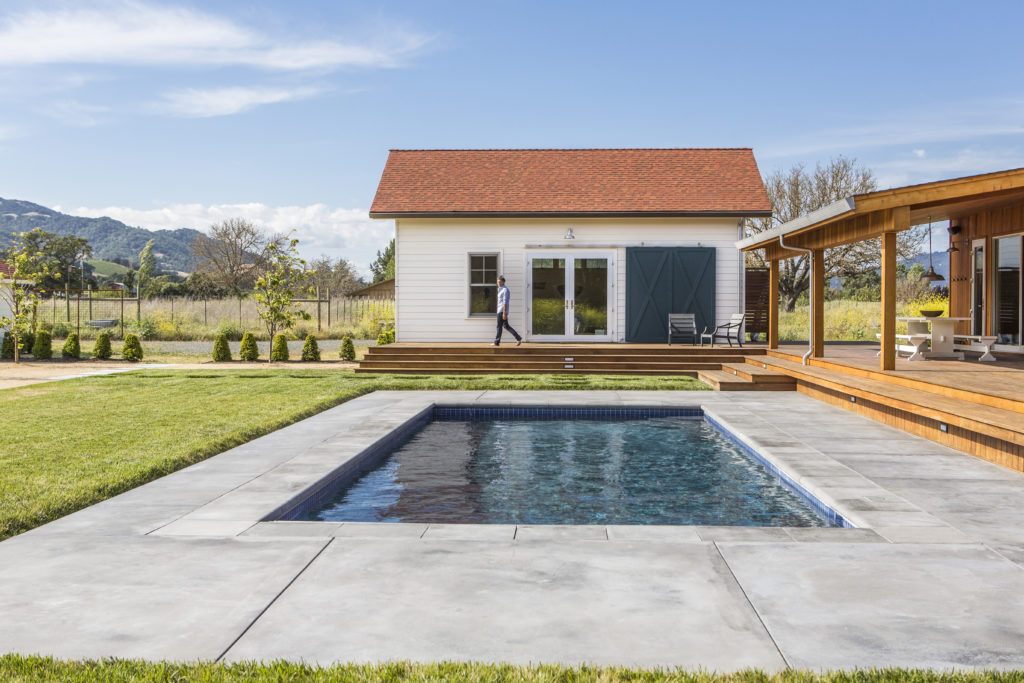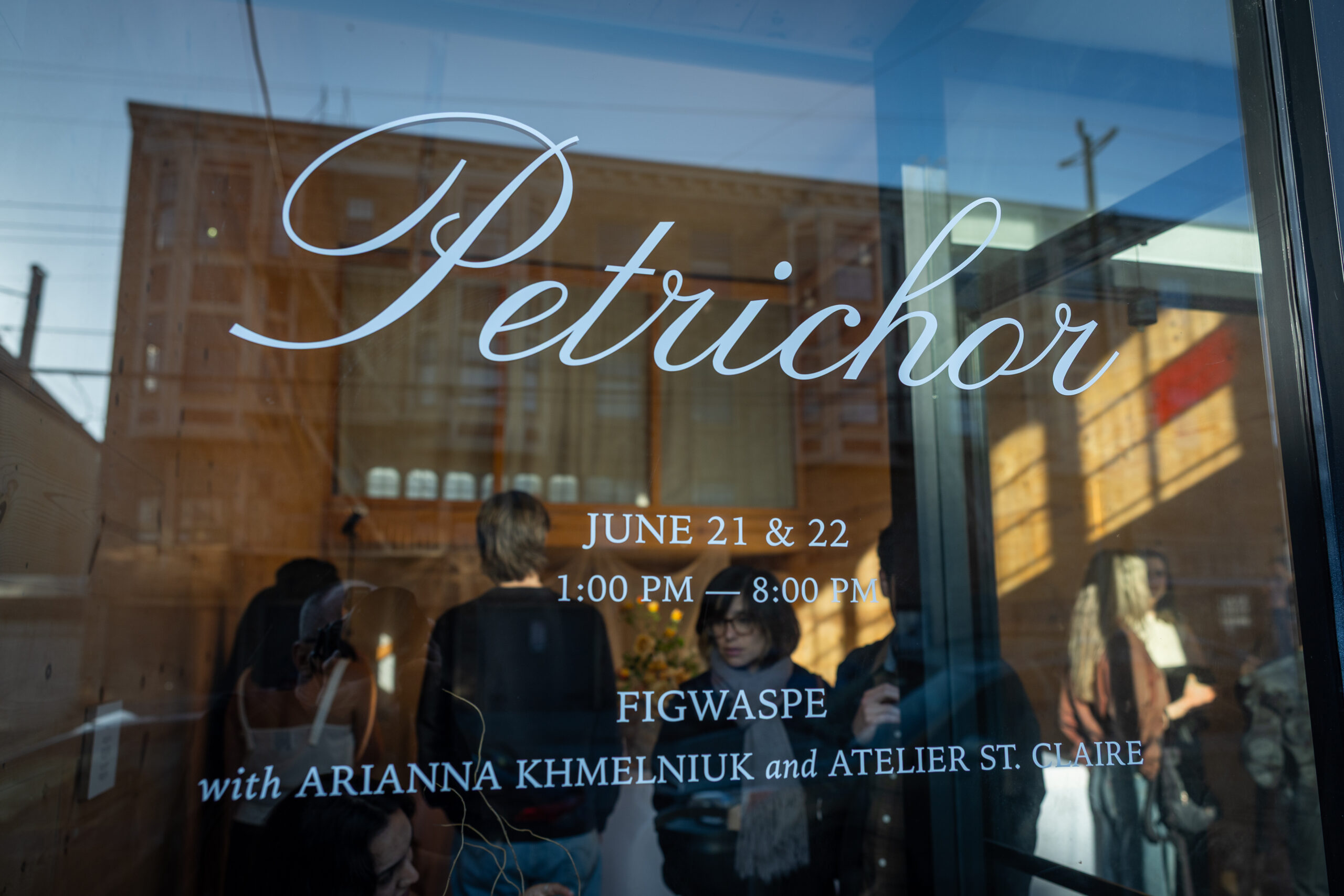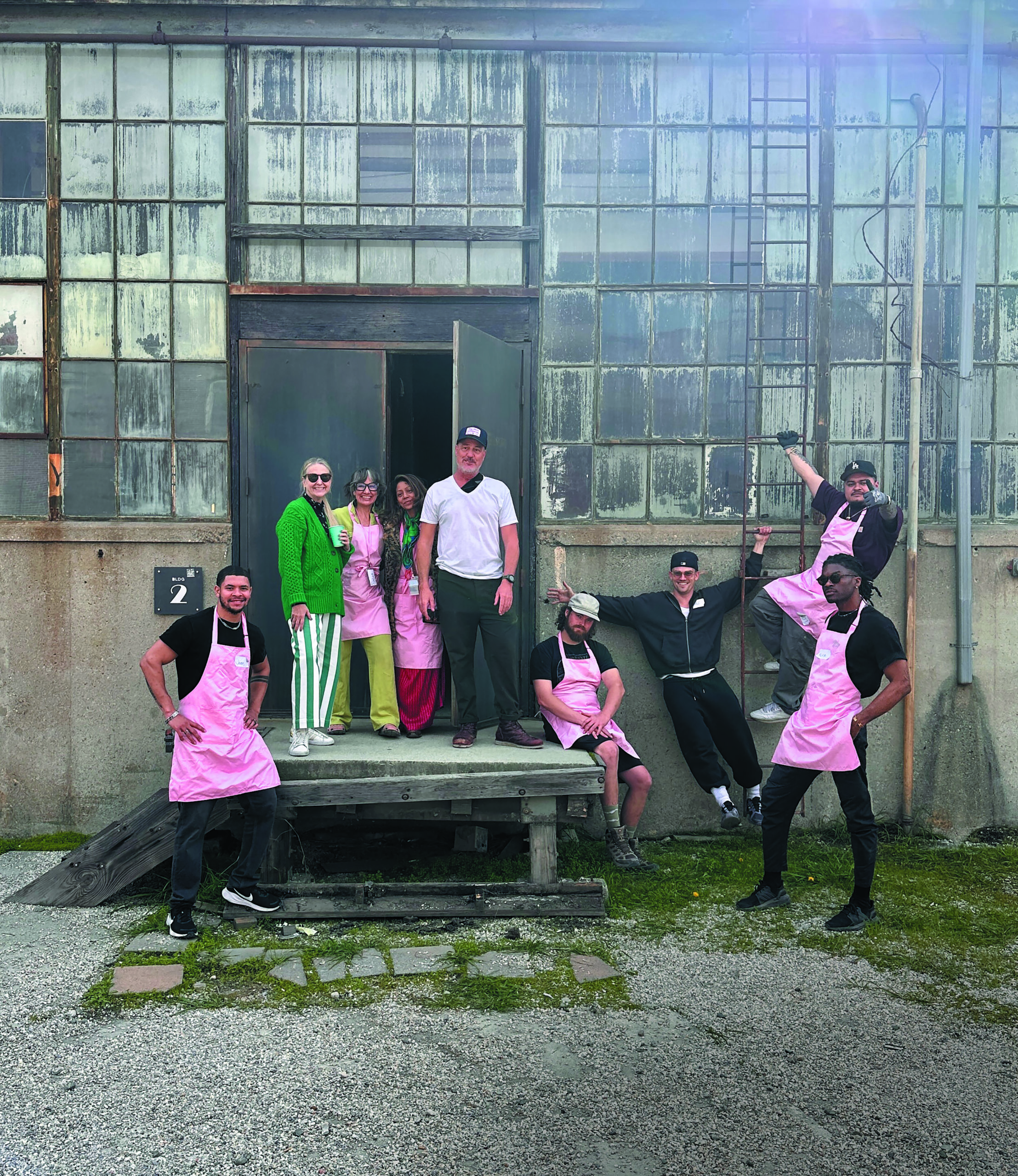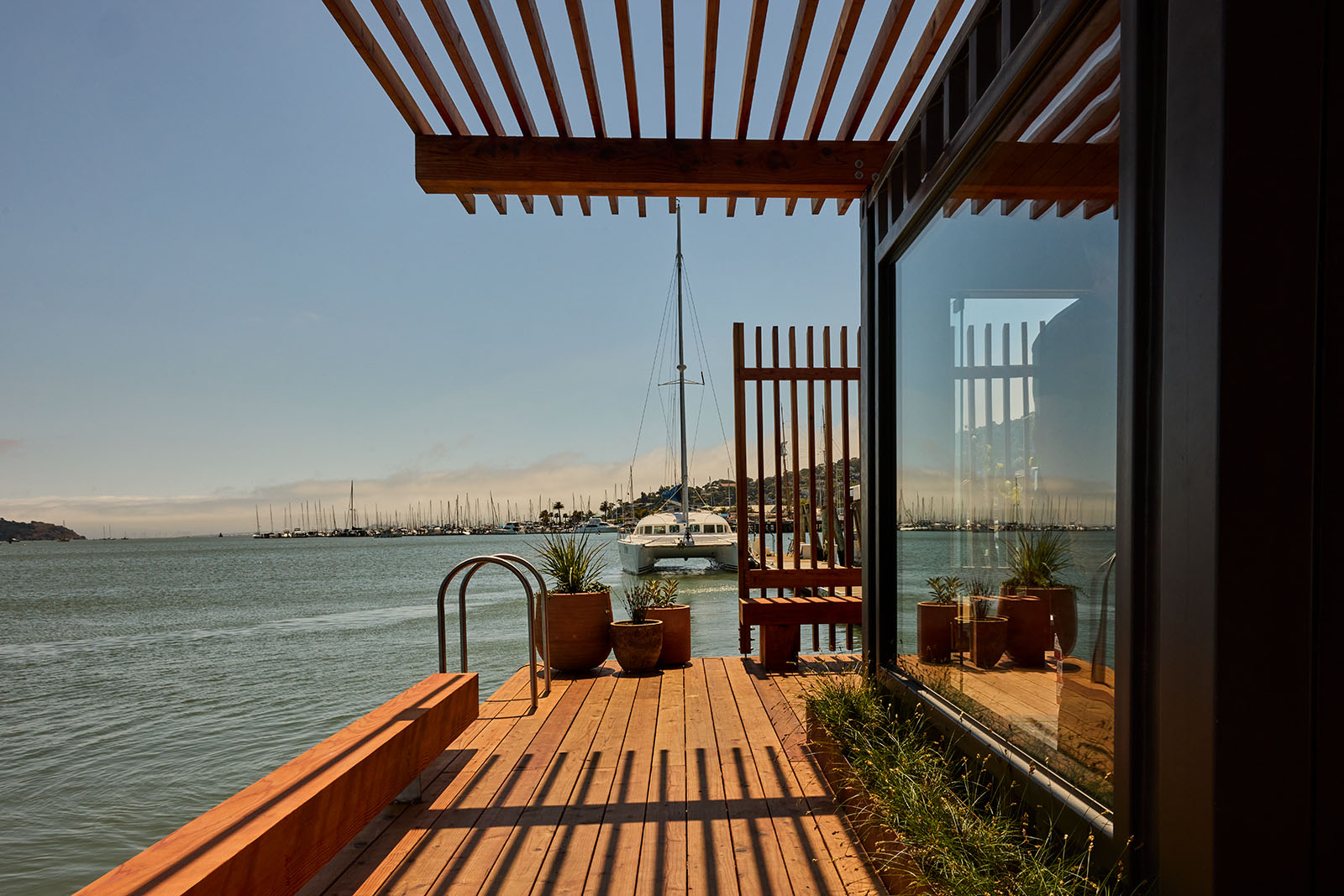Designer Crush: Gustave Carlson Design
Author:Lindsey ShookFounder and principal of Gustave Carlson Design, architect Gustave Carlson has graced the Bay Area with his work and made a profound imprint on the region’s design profile since 1997. His extensive experience—drawn from working with icons like Peter Marino—he has led him to become a leader in the community, serving as an associate with the American Institute of Architects, a member of National Trust for Historic Preservation, a member of Build It Green and the National Association of Remodeler’s Industry. With sustainability at the core of his firm’s practice, they create custom homes that meet the clients’ needs while leaving a minimal impact on the environment. Here, the pioneering architect shares more about his practice, aesthetic and more.
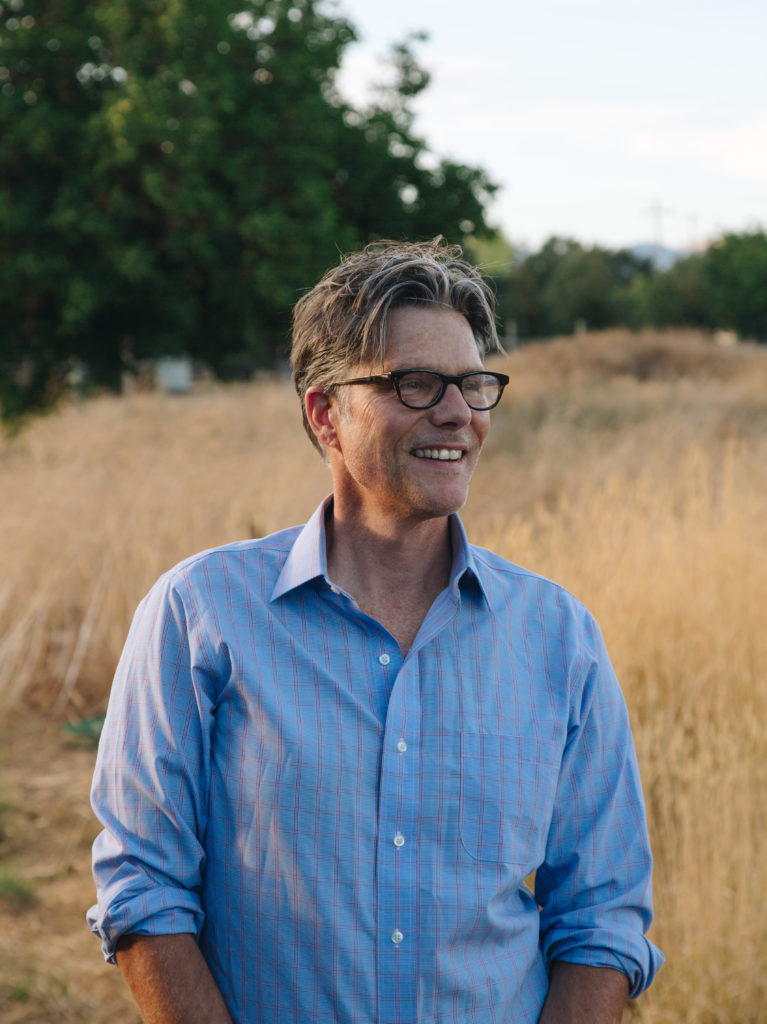
–We love that your mission is focused on sustainability. Why is this so important to the firm? Sustainability is an important aspect of my design philosophy for several reasons. The first, being that we are stewards of the land and we all have to do our part to preserve the beauty we see by being mindful to the products we purchase and specify. Transportation is a concern and so I always look for locally owned artisan businesses for furniture, tile, and lighting, to cut down on shipping and packaging. Craftsmanship and quality are important in materials that we select for our projects, which translates to design longevity. Finding well made, well designed pieces that last is more important than less expensive items that would be thrown out in a few years’ time.
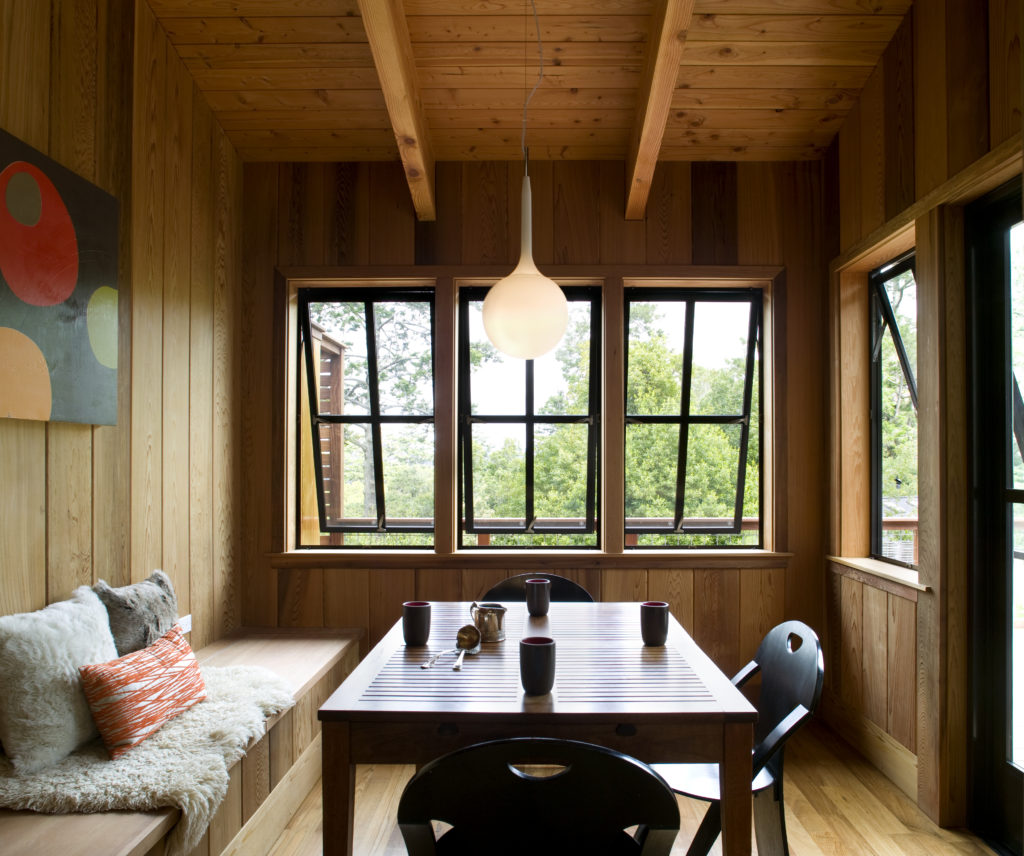
-How did working for Peter Marino shape your process and aesthetic? Working for Peter Marino shaped my design philosophy to mean that a successful project must be both aesthetically and functionally cohesive. When I worked in his studio, it was an interdisciplinary studio architecture, interiors, finishes, and landscape were all considered simultaneously. Each discipline either informed or influenced the next. That is why I always draw a furniture plan and a landscape plan with my architecture and interior elevations.
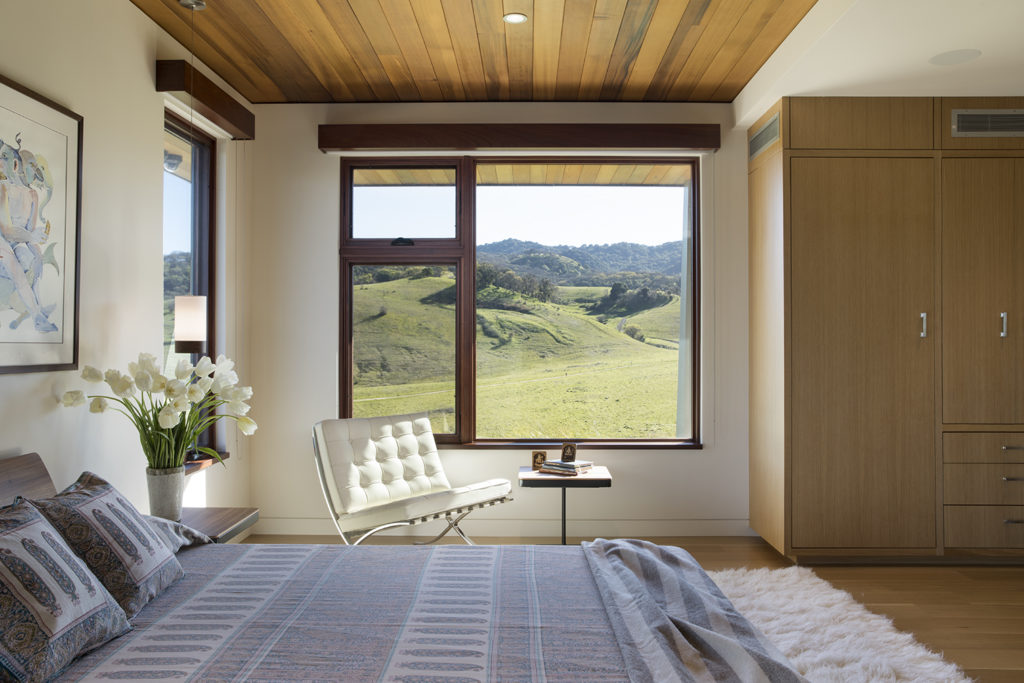
-Which other designers or creatives inspired your career the most and why? Charles and Ray Eames for their integration of architecture, furniture, and industrial design. Donald Olsen for his use of white planes and modern forms. And the architects who inspired my book, Pacific Modern, and from whom I continue to learn: Bernard Maybeck for his Bay Area traditional style—his use of local materials such as old growth redwood and theatrical details in his architecture. William Turnbull for his elegant use of western red cedar siding and shingles.
-How would you describe your signature style? My signature style is to start with the building site. I like to create a sense of place. The landscape, the quality of where the light comes from on a site or in a room informs the design. I listen and observe the homeowners’ lifestyle and individual preferences. The use of materials in my architecture is a nuanced meditation of practicality, function, essence and aesthetic. I like to create subtle, simple and easeful architecture with the use of simple planes of materials such as western red cedar or white clapboard walls and I allow the art and artifacts of the pieces of the home to appear meaningful and intentionally placed.
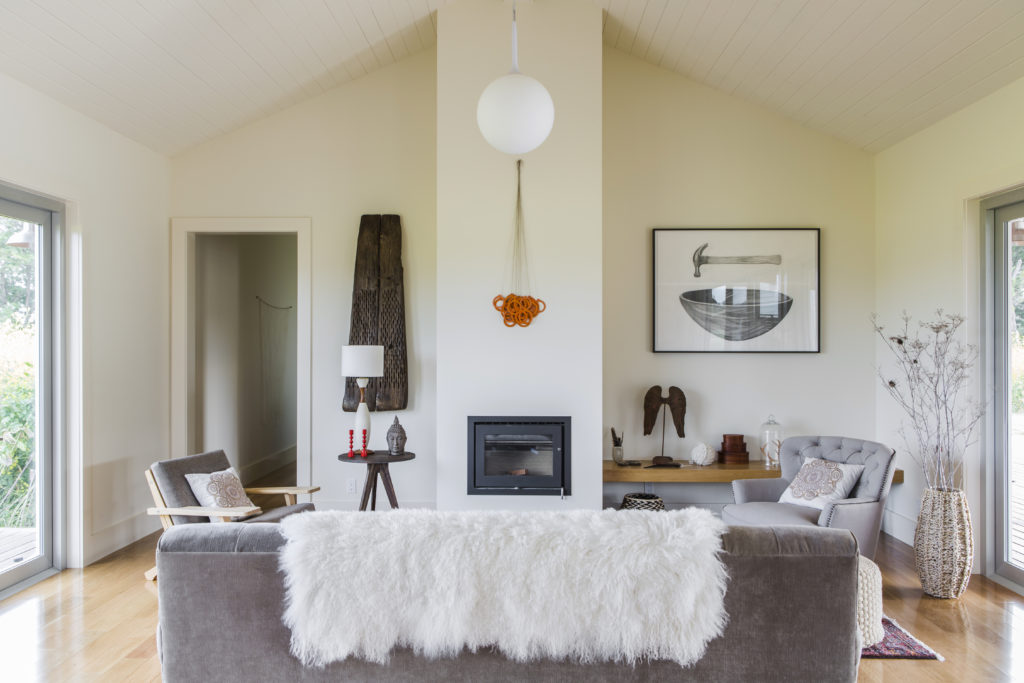
-How have you shifted your business during the pandemic, that will remain a part of your process? My design presentation process has shifted. The schematic design process is more inclusive and participatory. Technology has assisted us in virtually sharing information. Homeowners want engagement and to be educated on the virtues of the design decisions and I am very good at showing options and discussing the positives or the negatives of selected design decisions.
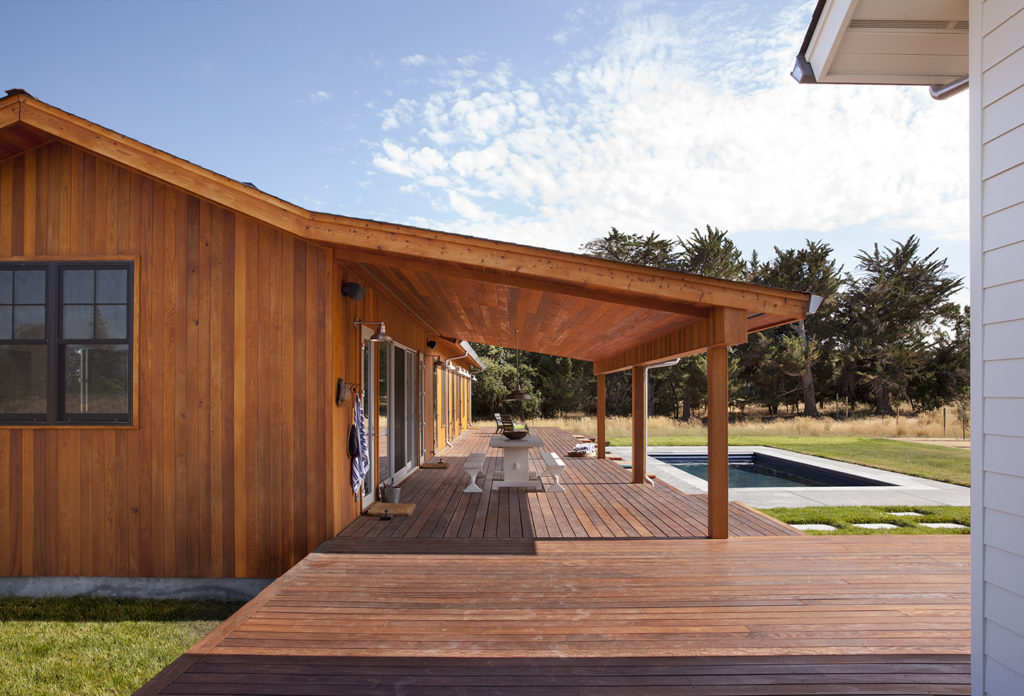
LIGHTNING ROUND!
-Favorite S.F. restaurant for the design? My wife’s picnic at Ocean Beach staring at the horizon.
-Must-have daily essential? My morning yoga practice
-Favorite design book? A Clearing in the Distance: Frederick Law Olmstead and America in the 19th Century
-If you weren’t an architect, you would be? A painter.
